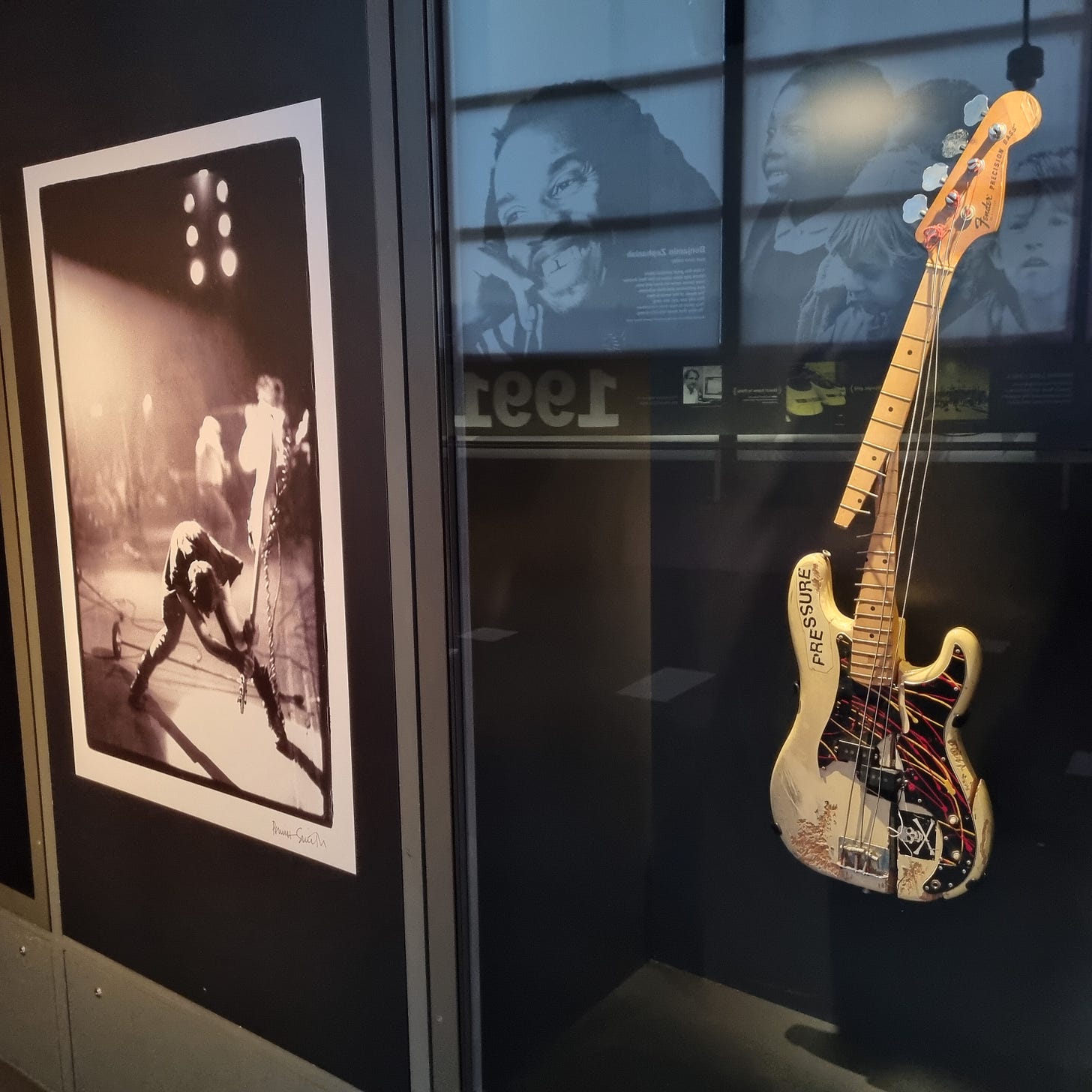London doesn’t have a punk rock museum, unlike Fat Mike’s well-regarded Las Vegas enterprise. Neither does the UK capital have anything as band-specific as Berlin’s (temporarily closed) Ramones museum.
So, you take what you can get – though of course a city of London’s size and stature isn’t all that badly served.
The ‘Clash steps’ are still there if you know where to look in Camden to strike the pose of their debut album and the London Museum (due to reopen in 2026) has Paul Simonon’s bass – post-impact from its London’s Calling cover-shot by Pennie Smith.
Then there are occasional exhibitions that occur.
The pop-up Punk Art Show was hosted by the Museum of Youth Culture in a temporary space on Shaftesbury Avenue a couple of years ago. It collected a number of eye-catching pieces of artwork from various 1977-era musicians, including Martin ‘Youth’ Glover (Killing Joke), Charlie Harper (UK Subs) and Gaye Black (The Adverts).
Another of these occasional exhibitions can be found within the Tate Britain’s Women in Revolt! Art and Activism in the UK 1970-1990.
Its remit is far wider than punk, but having the title and timeframe that it does, it would have been remiss of the curators to have ignored the genre.
London’s Tate Britain, one of two Tate art galleries in the city, first opened its doors as the National Gallery of British Art in 1897 and its collections do tend towards the country’s historic art – particularly its huge Turner collection.
As such, the setting gives Women in Revolt! more breathing space than it might enjoy among the larger, more contemporary environs of the Tate Modern, just a 20-minute boat ride down the River Thames.
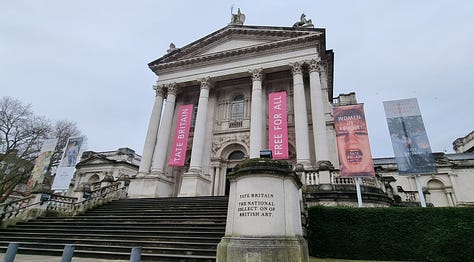
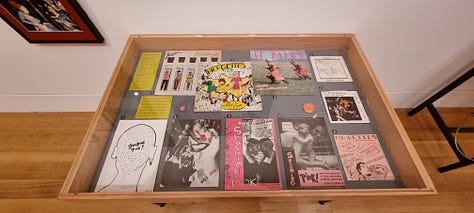
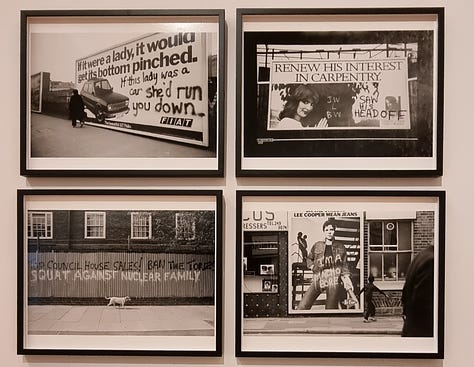
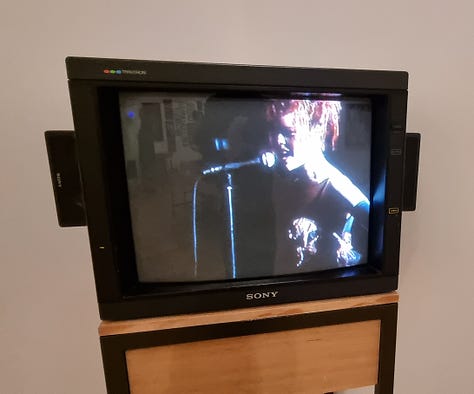
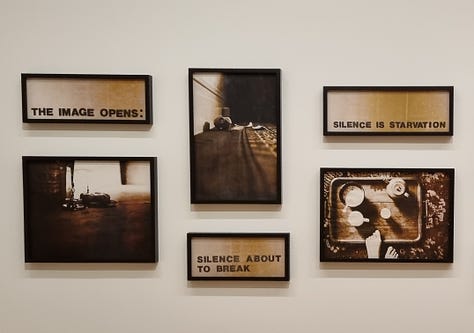
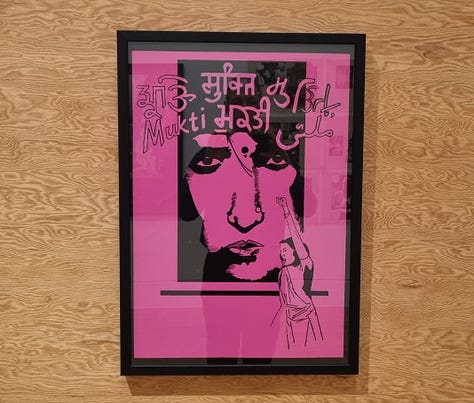
The first-of-its-kind exhibition features 100 women artists working in the UK, shining a spotlight on how networks of women used radical ideas and rebellious methods to make an invaluable contribution to British culture.
Their art was driven by, and helped fuel, the Women’s Liberation movement during a period of significant social, economic and political change. Despite this, they were often left out of the artistic narratives of the time, and this is the first time many of their works have been on display since the 1970s.
In the 1970s and 1980s a new wave of feminism was taking a stand for reproductive rights, equal pay and race equality – battles that continue to be depressingly familiar today, though hope springs eternal.
“Their art now speaks to a generation of young activists returning to the values of the women’s liberation movement: freedom of expression, anti-capitalism, eco-activism, anti-racism and social justice,” as the programme's afterword frames it for a modern audience.
Out of the exhibition’s six themed rooms I was, unsurprisingly, particularly drawn to Oh Bondage! Up Yours!, with its displays of first wave UK punk fanzines, flyers and record sleeves.
Interviews and artworks for X-Ray Spex and The Slits mingle with that of post-punk bands like the Au Pairs, the Mo-Dettes and Ludus.
Ludus’ singer Linder Sterling is one of those represented who moved from the art scene to the punk scene and back again with ease.
One of her early works was the cover art for the Buzzcocks’ 1977 "Orgasm Addict". I don’t recall seeing that collage, which depicts a naked woman with an iron for a head and grinning mouths instead of nipples in the exhibition, though it would have fit right in.
Harder to miss was the meat dress Linder wore, years before Lady Gaga had the same idea, and which features in a video showing of a 1982 Ludus performance at Manchester’s Hacienda club.
Another artist in the exhibition working across different media was writer Caroline Coon, whose punk photographs as well as her Between Parades oil work of brothel workers appeared. Her name was familiar to me, possibly from her two-year stint managing The Clash from 1978, but I hadn’t realised the range of work she’s produced, nor that in 1988: The New Wave Punk Rock Explosion she wrote an early story of punk back in 1982, making it one of the earlier works about the genre.
Another publication on display is Spare Rib and the feminist magazine’s ‘Women in Popular Music’ cover story, which features the Raincoats, Poly Styrene, Sister Sledge and others, asking, “Can you be a star and human too?”
For many of the artists grouped in the ‘punk room’, this meant subverting gender norms, embracing the provocatively 'unfeminine' as well as the hypersexual.
Throbbing Gristle’s Cosey Fanni Tutti was also part of the 70s art collective Coum Transmissions, whose 1976 performance and exhibition Prostitution “caused uproar”, with her ‘stripping pictures’.
Interestingly, she chose to align herself more with Gay Liberation than Women's Liberation. “Freedom ‘to be’ was my thing. I didn't want another set of rules imposed on me by having to be ‘a feminist’,” she said.
With ‘Women’s Lib’ thrown around by its detractors in the same way that the contemporary ignorant believe ‘woke’ to be an insult, the exhibition is a useful history lesson of the battles that had to be fought.
It begins with the visceral anger of the early 1970s, a time when women were quite simply second-class citizens - the Equal Pay Act wouldn't arrive until 1975, there were no statutory maternity rights, no sex-discrimination protection in law, the list goes on and on. But over those years, in addition to the Women’s Liberation movement, the Greenham women campaigned for nuclear disarmament and the British Black Arts Movement emerged.
The whole exhibition, which runs until 7 April, is very worth seeing – particularly if, like me, you find yourself unfamiliar with parts of this under-represented strand of act and activism.
And if you’re not near London but want a musical taste of it, the gallery (with Music For Nations) has you covered with a three-and-a-half-hour playlist of everyone from The Slits to X-Ray Spex to The Raincoats. Pleasingly, it also steps outside the exhibition’s self-imposed time restrictions with the more modern likes of Dream Nails, Witch Fever, Big Joanie and Petrol Girls.
Main picture: Helen Chadwick In the Kitchen (Stove) 1977





